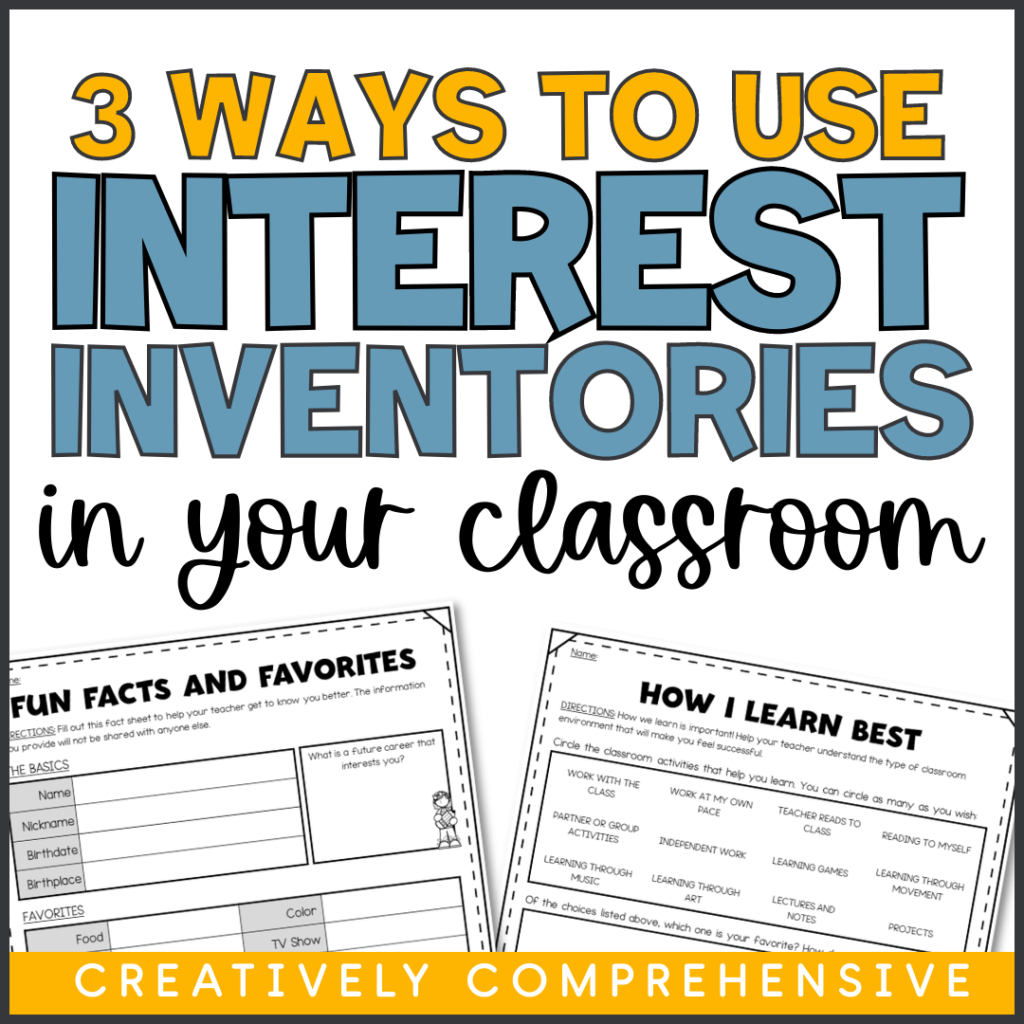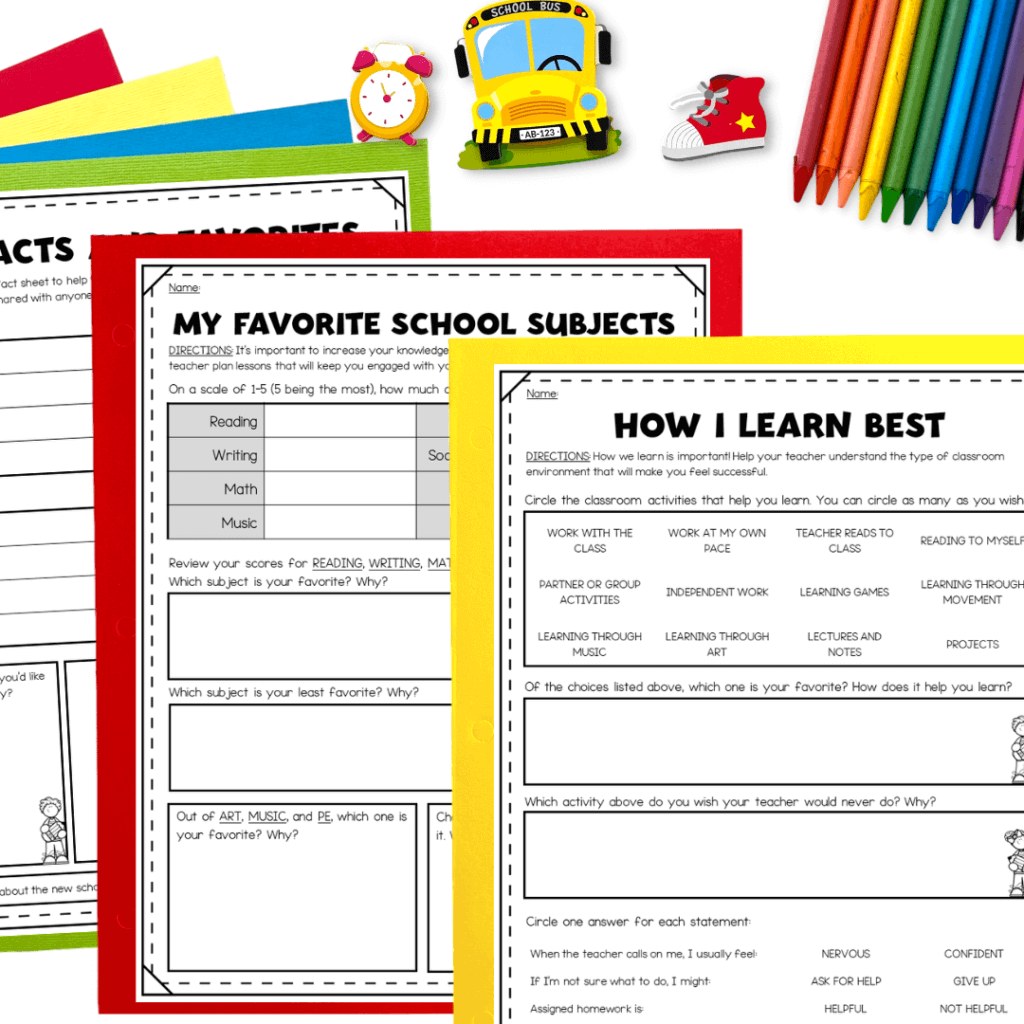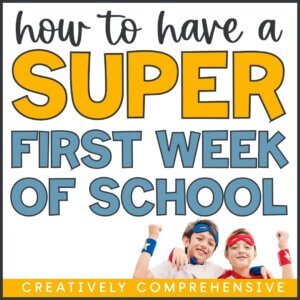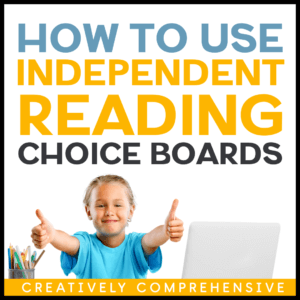3 Ways to Use Interest Inventories in the Upper Elementary Classroom
In an upper elementary classroom, understanding your students’ interests is important. Does it mean you have to LIKE the same things they like? Of course not! However, you can use this information to learn more about your students and show them that you see and value them. Interest inventories are a great way to collect this information during the first few weeks of school.

Need an Interest Inventory ASAP? This resource in my TPT store has 3 different inventory options as well as a Cheat Sheet and Trend Tracker to help you analyze student responses!
Not sure how a student survey can benefit you? Here are three reasons why you should consider using inventories at the beginning of the year:
Use the Information to Make Authentic Connections
Think of these Interest Inventories as a window into each student’s world. The information you gather may seem superficial at first, but you can use what you learn to build those important teacher-student relationships. Even by referencing something as silly as a student’s favorite animal, you are showing your class that you have taken an interest in them as a valued member of your class. These little gestures add up!
On the other hand, their responses can also tell you things without telling you, if you catch my drift. For example, you’ll be able to note (not judge, but note!) the type of entertainment permitted by the families of your students. You may also notice students who have trouble filling out the form, or simply don’t want to share certain information. This is a cue that you will need to allow these students time to open up and feel like their classroom is a safe space.
Even simple facts and favorites provide a window into each student’s world!
Curate Your Classroom Library
Knowing what’s trending among your students is a goldmine of valuable information! Once you know what students are into, you can be on the hunt for books related to these interests. This is a no-brainer when it comes to getting kids engaged with reading!
This information also applies to your lessons and activities. For example, find articles that relate to things your students already find fascinating. This will create automatic buy-in for the skill or strategy you are teaching about.
My Interest Inventory resource on TPT includes a Trend Tracker, so that you can take quick noted while reviewing each student’s responses.
Use the Interest Inventory to Plan Effective Lessons
If you’ve been teaching for awhile, you know that each class is different. Some classes like hands-on activities, while others prefer taking notes. Some students have no problem asking for help, while others are embarrassed.
Save yourself valuable time at the beginning of the year by polling the class about their learning preferences. Does this mean you have to accommodate each student for each lesson you teach? Absolutely not! However, by understanding how your students prefer to learn, you can design lessons that resonate with them, making the learning experience more engaging and effective.
Ready to Add Interest Inventories to Your Toolkit?

Interest Inventories are more than just a back-to-school activity. Think of them as a compass, guiding you towards a fun and effective school year!
If you’re looking for a comprehensive, student-friendly Interest Inventories for upper elementary learners, head over to my TPT store. I designed these to be easy for students to complete while providing valuable information for teachers. I’ve even included a Cheat Sheet so that you can keep track of everything on one easy-to-reference page. Time to build those relationships!




